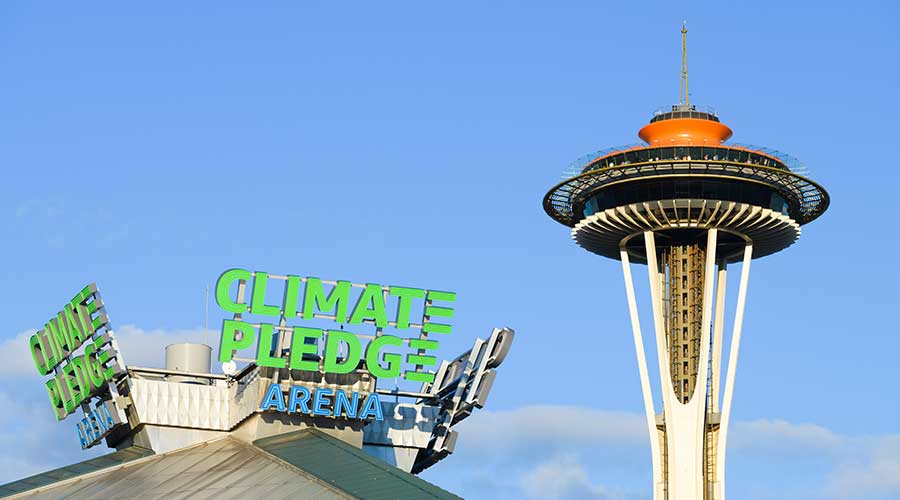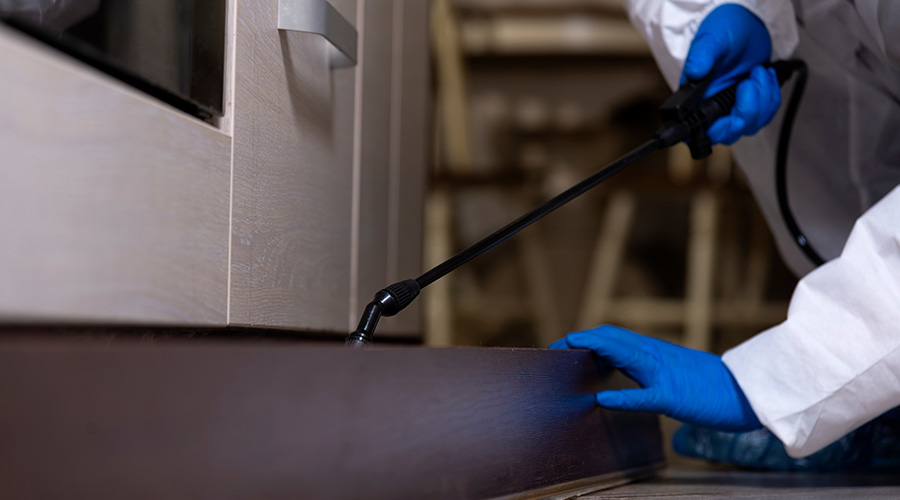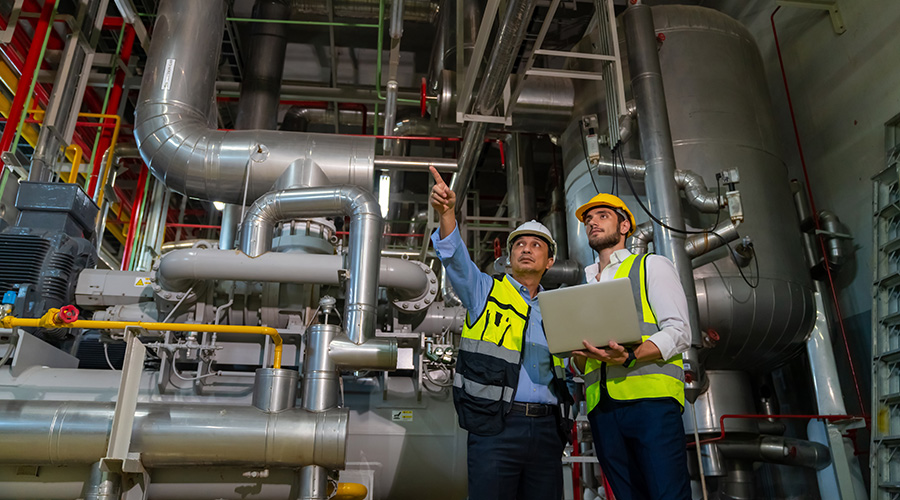Making Infrared Pay
Education can help managers make the most of investments in infrared technology
By Infraspection Institute
Infrared thermography is a non-contact, non-destructive test method that uses a thermal imager to detect, display and record thermal patterns and temperatures across a surface. Engineering and maintenance departments more often are using the technology in situations where knowing thermal profiles and temperatures will provide meaningful data about a system, object or process.
The technology can help engineering and maintenance technicians carry out predictive maintenance, condition assessment, quality assurance, and forensic investigations of electrical, mechanical and structural systems.
Exploring Applications
Managers first should explore the most common applications of the technology before making decisions on infrared training for front-line technicians.
Electrical Distribution Systems. As electrical current flows through a conductor, it generates heat. Many common electrical defects are accompanied by a rise in temperature for up to several weeks before failure, but some defects initially show up as cool components.
Among the problems infrared technology can detect are loose or deteriorated connections, overloads, imbalanced loads, open circuits, inductive heating, harmonics, and defective equipment.
Training can help technicians: locate problems quickly, without interrupting service; reduce costly and unscheduled power outages; minimize preventive maintenance time; maximize troubleshooting effectiveness; prevent premature failure; extend equipment life; identify potentially dangerous equipment; and reduce insurance premiums and deductible payments.
Mechanical Systems. These devices generate heat as they operate. Resulting forces such as friction, misalignment, and improper belt tension cause excessive heating.
Among the problems infrared technology can detect are misalignment of coupled equipment, over- and under-lubrication of bearings, over- and under- tension of belted systems, excessive friction, and defective equipment.
Structural Components. Missing or damaged insulation or water infiltration into insulated systems results in excess energy loss. Thermal imaging can detect evidence of latent moisture or physical defects due to changes in either the thermal conductivity or thermal capacitance of the insulation system.
Problems that infrared imaging can detect are: missing, damaged, or improperly installed insulation; energy losses caused by air infiltration; and water infiltration. Applying infrared imaging to structures can reduce heating and cooling costs, evaluate thermal performance of retrofits, identify latent moisture, detect conditions conducive to mold or insect problems, and provide hard-copy proof of problems.
Roofing Systems. Water infiltration into low-slope roofing systems causes changes in their thermal properties. Usually conducted at night, thermal imaging can help technicians identify latent moisture, as well as missing, damaged, or improperly installed insulation.
It also can pinpoint water-damaged roof areas quickly and accurately, help technicians perform quality assurance inspections of new or retrofitted systems, eliminate unnecessary replacement of good roofs, identify problems before they become large, help extend the life of the existing roof, document problems before the warranty expires, and provide facts for planning accurate budgets.
Targeting Training
Aside from test equipment, training is the most important investment a company will make in infrared inspection. Advances in technology have resulted in infrared equipment that is user friendly. But it is not point-and-shoot technology.
Besides understanding the object or system being inspected, thermographers must understand common error sources that can influence observed thermal data. Training should teach infrared theory, heat-transfer concepts, equipment selection and operation, eliminating or overcoming common error sources, and specific applications. Courses should allow technicians to quickly master the technology, enabling a company to see a return on the investment.
All training is not equal. Consequently, course content often varies widely between training providers. In some cases, courses offered by equipment manufacturers might be biased toward their own brand and ignore limitations of equipment they manufacture or sell.
The most desirable training courses are presented without marketing information and are applicable to all infrared imagers, regardless of brand or age. They also should be taught by experienced thermographers who have extensive field experience in providing infrared inspections for a range of organizations.
Infrared certification is written proof that a person has completed formal training and possesses a certain skill set. Certification has long been one measure of thermographer competence within the infrared community, in much the same way a diploma or degree is used among educational institutions.
Some providers offer customized, on-site training. With on-site classes, instructors travel to a facility and customize training to meet a company’s specific needs. When possible, trainers should work with technicians to conduct field trips and address a company’s particular applications. On-site courses provide a cost-effective alternative to open-enrollment classes.
Finally, some providers use web servers and multimedia resources to provide a distance learning alternative that can better meet a department’s training needs.
Information for this article was provided by Infraspection Institute — www.infraspection.com — an independent provider of infrared imaging training and education.
Related Topics:











